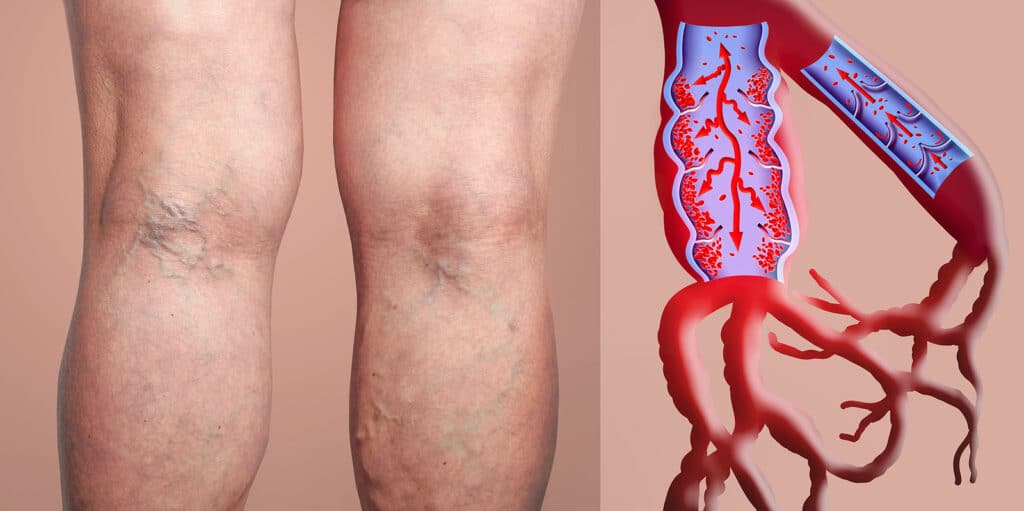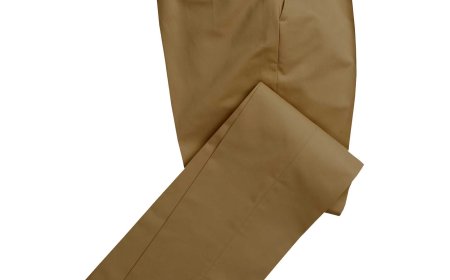Clothes for 40-Degree Weather: Stay Warm Without Overheating

Clothes for 40-Degree Weather: Stay Warm Without Overheating
In the realm of extreme weather conditions, the challenge of remaining warm in 40-degree Celsius conditions, while simultaneously preventing overheating, is often underestimated. Individuals participating in outdoor activities must adopt an informed approach to dressing adequately. This article examines the essential principles of clothing design and technology that facilitate thermal regulation in high-temperature contexts.
Understanding Thermal Insulation and Moisture Management
To navigate the peculiar balance between warmth and breathability, it is imperative to appreciate the principles of thermal insulation and moisture management. The human body continuously generates heat; therefore, clothing must provide insulation while allowing moisture and sweat to escape. Materials such as fleece, wool, and specialized synthetics serve as excellent insulators. Fleece, for instance, is lightweight and traps body heat, making it a preferred choice. Wool, conversely, possesses moisture-wicking properties that facilitate evaporation, providing warmth without the danger of overheating.
In addition to these natural fibers, advances in fabric technology have introduced performers' gear that incorporates built-in ventilation systems, facilitating airflow and moisture regulation. These garments employ micro-perforations that permit sweat diffusion while maintaining warmth. When selecting clothing, prioritize fabrics that claim moisture-wicking properties, as they prevent perspiration accumulation, enabling the body to maintain a stable thermal environment.
Layering Techniques: The Interplay of Layers
The concept of layering stands at the forefront of apparel strategy for extreme environmental conditions. This technique relies on assembling multiple garments to create a versatile and dynamic outfit that can be adapted as temperatures fluctuate throughout the day. The three primary layers—base, middle, and outer—each serve distinct purposes and are fundamental to effective thermal regulation.
The base layer is paramount for moisture management. Lightweight synthetic materials such as polyester and nylon are advisable due to their higher moisture-wicking capabilities compared to cotton. A base layer should fit snugly against the body to retain warmth and manage sweat evaporation effectively.
The middle layer typically provides insulation. Fleece jackets or lightweight insulated vests serve well, containing structures that trap air and enhance the retention of body warmth. Moreover, when engaging in activities that generate significant heat, it may be prudent to choose a fleece option that incorporates breathability features, allowing excess warmth to dissipate.
Finally, the outer layer protects against external elements—be it moisture from precipitation or wind chill. A good outer shell should be lightweight and wind-resistant, ideally composed of materials such as Gore-Tex or similar water-resistant technologies. When faced with perspiration buildup, a well-ventilated outer layer will assist in releasing trapped heat without compromising on insulation.
Optimum Clothing Choices: Fabrics That Perform
As the body engages in strenuous activity, the selection of specific fabrics becomes critical in providing comfort and functionality. To remain adequately insulated without succumbing to overheating, the following fabric types prove valuable:
1. Merino Wool: Renowned for its ability to regulate temperature, merino wool efficiently absorbs moisture while retaining warmth. Its breathability makes it an ideal candidate for base layers in high-temperature situations.
2. Synthetic Blends: Fabrics like polyester and nylon have found increasingly favorable reception due to their lightweight and quick-drying characteristics. These materials transport sweat away from the body, maintaining comfort during vigorous movement.
3. Thermal Fabrics: Advanced thermal technologies such as Thinsulate or Polartec offer lightweight insulation with impressive warmth-to-weight ratios. These synthetic composites perform exceptionally well in environments where overheating is a concern.
4. Ventilated Fabrics: Garments engineered with mesh panels or unique ventilation systems greatly enhance airflow. Look for materials that incorporate these design features to allow excess heat to escape without sacrificing insulation.
Accessorizing for Extreme Temperatures: The Importance of Additional Gear
While garments form the backbone of warmth and moisture management, accessories significantly enhance comfort and thermal balance. Accessories not only provide additional layers but also target specific body areas with heightened sensitivity to temperature variations. The following accessories are paramount in rigorous environments:
1. Neck Gaiters: Serving multiple functions, these provide warmth while allowing moisture to escape. Fabrics featuring moisture-wicking technology make neck gaiters an essential accessory.
2. Lightweight Gloves: Maintaining dexterity while insulating the hands is crucial. Look for gloves constructed from breathable synthetic materials that maintain grip while insulating warmth.
3. Beanies or Headbands: A significant amount of body heat dissipates through the head. Therefore, using beanies or headbands made from moisture-wicking materials helps maintain warmth while allowing for cooling during high-effort activity.
4. Compression Socks: These not only provide warmth but enhance circulation during prolonged outdoor activities, assisting in heat regulation.
Practicing Awareness of Environmental Factors
Remaining vigilant and customs-respecting regarding environmental variables contributes significantly to effectively shielding oneself from adverse conditions. Awareness of temperature fluctuations, humidity levels, wind chill, and activity intensity further aids in making appropriate clothing choices. The peripheral factors that impact thermal comfort include sun exposure, which can cause phantom heat stress, requiring strategic layering or reflective garments.
Creating an Environmentally Conscious Wardrobe
As individuals become more aware of their environmental impact, the pursuit of sustainable and ethically produced clothing materials is at the forefront of conscious consumerism. When selecting garments, prioritize eco-friendly fabrics, such as organic cotton and recycled polyester, that reduce water usage and carbon footprint. Furthermore, consider investing in durable clothing that promises longevity, thus reducing the frequency of purchases over time.
Conclusion: The Art of Dressing for 40-Degree Weather
In conclusion, navigating the intricate balance of warmth and overheating in extreme weather conditions necessitates an understanding of clothing technology, layering strategies, and appropriate fabric selection. By adhering to these principles, you can ensure optimal comfort and performance during outdoor activities in 40-degree weather. Through meticulous attention to thermal management and a commitment to sustainability, outdoor enthusiasts can enjoy the endeavors of nature while remaining appropriately equipped for its challenges.
Staying informed and adaptable in your clothing choices is the most effective strategy to maintain body temperature and performance, even in extreme conditions. Embracing the interplay of layers, fabric technology, and environmental awareness will empower individuals to experience the outdoors with confidence.
What's Your Reaction?
 Like
0
Like
0
 Dislike
0
Dislike
0
 Love
0
Love
0
 Funny
0
Funny
0
 Angry
0
Angry
0
 Sad
0
Sad
0
 Wow
0
Wow
0









:max_bytes(150000):strip_icc()/drugstore-retinol-creams-tout-f76b9d2796e34eaa8376801c83fb1888.jpg)

















